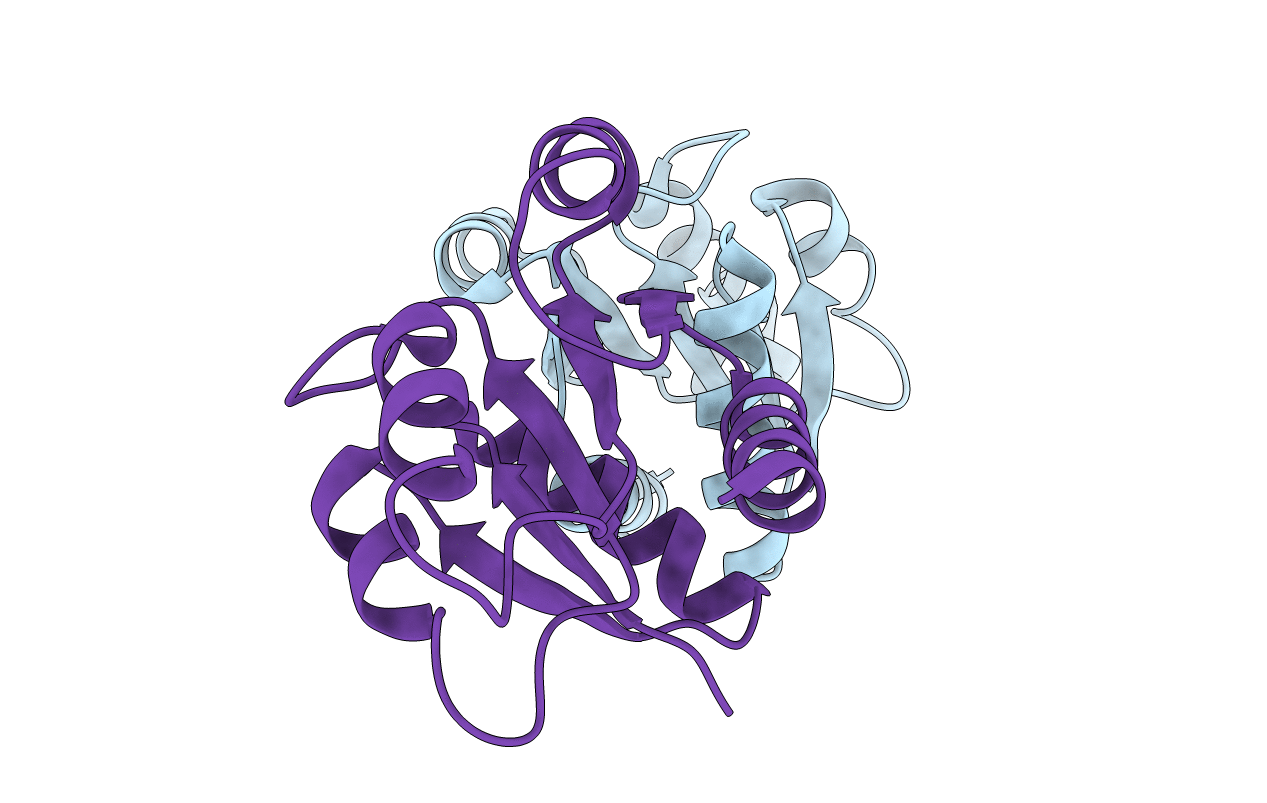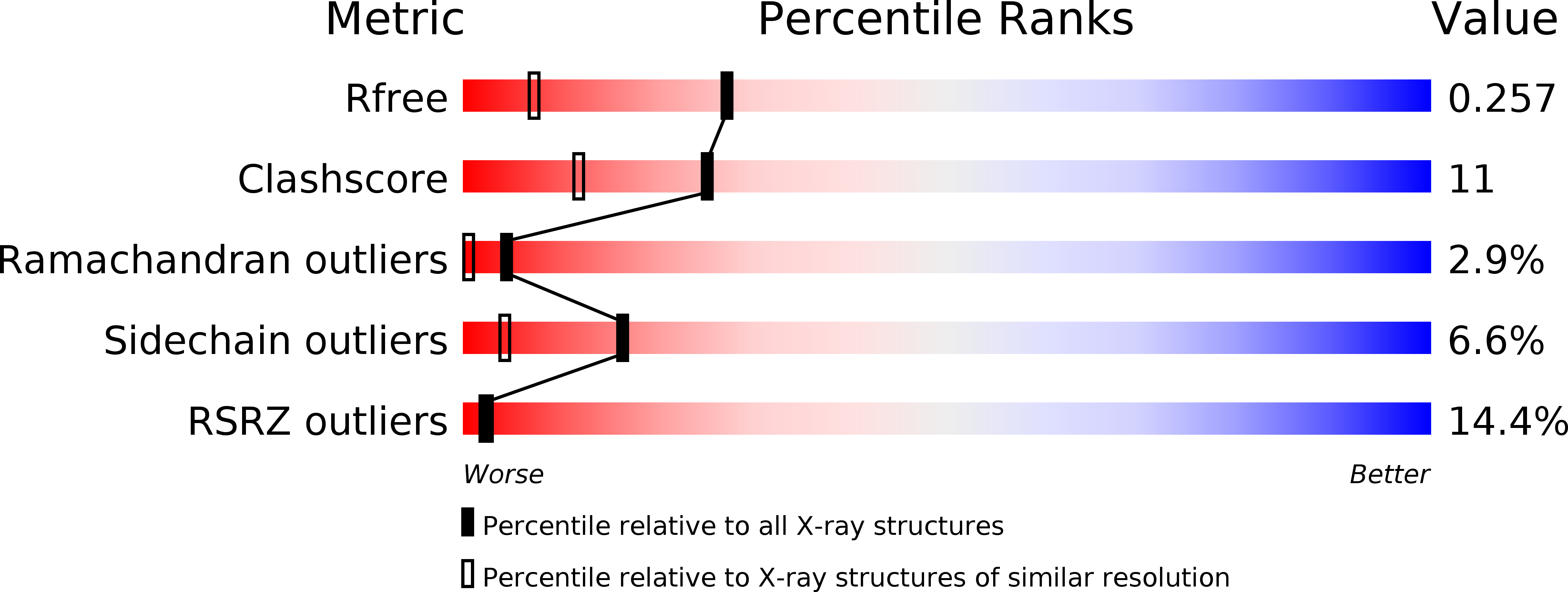
Deposition Date
2006-12-05
Release Date
2007-01-04
Last Version Date
2023-12-13
Entry Detail
PDB ID:
2JB9
Keywords:
Title:
PhoB response regulator receiver domain constitutively-active double mutant D10A and D53E.
Biological Source:
Source Organism:
ESCHERICHIA COLI (Taxon ID: 562)
Host Organism:
Method Details:
Experimental Method:
Resolution:
1.70 Å
R-Value Free:
0.25
R-Value Work:
0.22
R-Value Observed:
0.22
Space Group:
P 21 21 21


